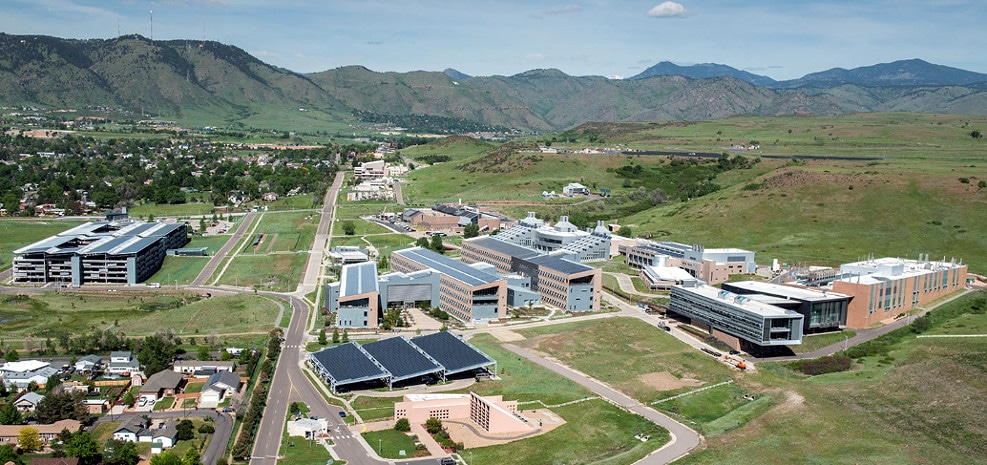WattBuy is automating the National Renewable Energy Laboratory’s (NREL) public utility rate database (URDB) and expanding it to include all U.S. transmission and distribution utility rates.
“Electricity providers will have to treat renewable energy customers as cost-conscious customers once these customers can look at data across the board,” Ben Hood, chief technology officer at the energy intelligence service WattBuy said.
WattBuy’s expanded URDB will use artificial intelligence to pull in daily electricity prices from all of the U.S.’s regulated and deregulated electricity markets. Deregulated rates will be available by the end of the second quarter, and all regulated rates will be in the URDB by the fourth quarter.
“Customers in deregulated markets overpay for electricity by an average of $360 per household,” Naman Trivedi CEO of WattBuy said. Today, the absence of a comprehensive data set of electricity prices and plan information prevents easy comparison between providers, he said.
With this new, free database, WattBuy can help residential homeowners more accurately calculate the return on investment (ROI) on a solar and/or solar-plus-storage system and make a more informed decision, Hood said. For solar financiers and energy efficiency companies, the new data will be useful for targeting new markets and for tracking projects’ ROI, he added.
Currently, NREL’s URDB manually collects and annually updates data from the largest 150 electric utilities in the U.S.. Even though these utilities represent about 70% of the U.S. electricity load, they account for less than 10% of electricity providers.
The new updated database builds on NREL’s 2019 project aimed at cataloguing electricity utility rates in the 13 U.S. states that have deregulated their utility markets.
“There will also probably be a huge amount of deregulated versus regulated market research born out of this new data,” Hood said. Researchers will want to use this data to get a better understanding about whether deregulation is a net good. “With this dataset, they will be able to see what people spent and what they could have spent,” he said.
According to Hood, California’s recent wildfire season focused people’s minds on modernizing the U.S. utility grid and grid resilience. Additionally, the rise of consumer choice, distributed generation, building automation, and growing electric vehicle use are making it critical to provide individuals and businesses with timely, accurate information on electricity costs across geographies, said Kumar Garg, senior director and head of partnerships at Schmidt Futures, which contributed $500,000 to the project.
This content is protected by copyright and may not be reused. If you want to cooperate with us and would like to reuse some of our content, please contact: editors@pv-magazine.com.








By submitting this form you agree to pv magazine using your data for the purposes of publishing your comment.
Your personal data will only be disclosed or otherwise transmitted to third parties for the purposes of spam filtering or if this is necessary for technical maintenance of the website. Any other transfer to third parties will not take place unless this is justified on the basis of applicable data protection regulations or if pv magazine is legally obliged to do so.
You may revoke this consent at any time with effect for the future, in which case your personal data will be deleted immediately. Otherwise, your data will be deleted if pv magazine has processed your request or the purpose of data storage is fulfilled.
Further information on data privacy can be found in our Data Protection Policy.